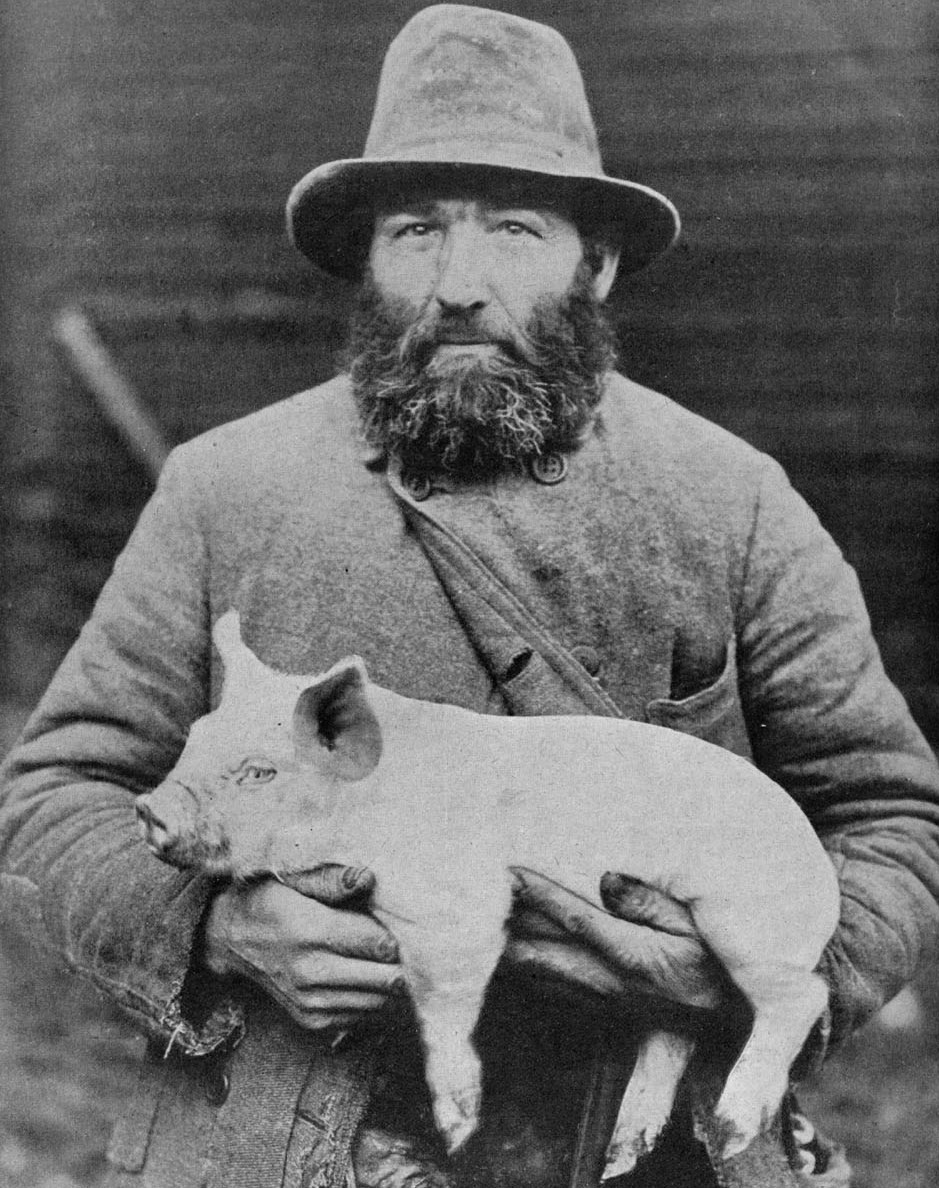Although it has far greater implications, I don’t know if gene manipulation will eventually be viewed very differently than plastic surgery. The timeline is undefined, but it will start with animals, then be used to treat diseases in humans, finally becoming a performance-enhancement tool for our friends and neighbors (and us). It’s easy to say now that we’d opt out, but that won’t be so simple since such changes won’t be merely cosmetic.
In China, gene-editing is being used to design micropigs that permanently remain lap-size and make great pets. From David Cyranoski at Nature:
Cutting-edge gene-editing techniques have produced an unexpected byproduct — tiny pigs that a leading Chinese genomics institute will soon sell as pets.
BGI in Shenzhen, the genomics institute that is famous for a series of high-profile breakthroughs in genomic sequencing, originally created the micropigs as models for human disease, by applying a gene-editing technique to a small breed of pig known as Bama. On 23 September, at the Shenzhen International Biotech Leaders Summit in China, BGI revealed that it would start selling the pigs as pets. The animals weigh about 15 kilograms when mature, or about the same as a medium-sized dog.
At the summit, the institute quoted a price tag of 10,000 yuan (US$1,600) for the micropigs, but that was just to “help us better evaluate the market”, says Yong Li, technical director of BGI’s animal-science platform. In future, customers will be offered pigs with different coat colours and patterns, which BGI says it can also set through gene editing.
With gene editing taking biology by storm, the field’s pioneers say that the application to pets was no big surprise. Some also caution against it. “It’s questionable whether we should impact the life, health and well-being of other animal species on this planet light-heartedly,” says geneticist Jens Boch at the Martin Luther University of Halle-Wittenberg in Germany.•
Tags: David Cyranoski

